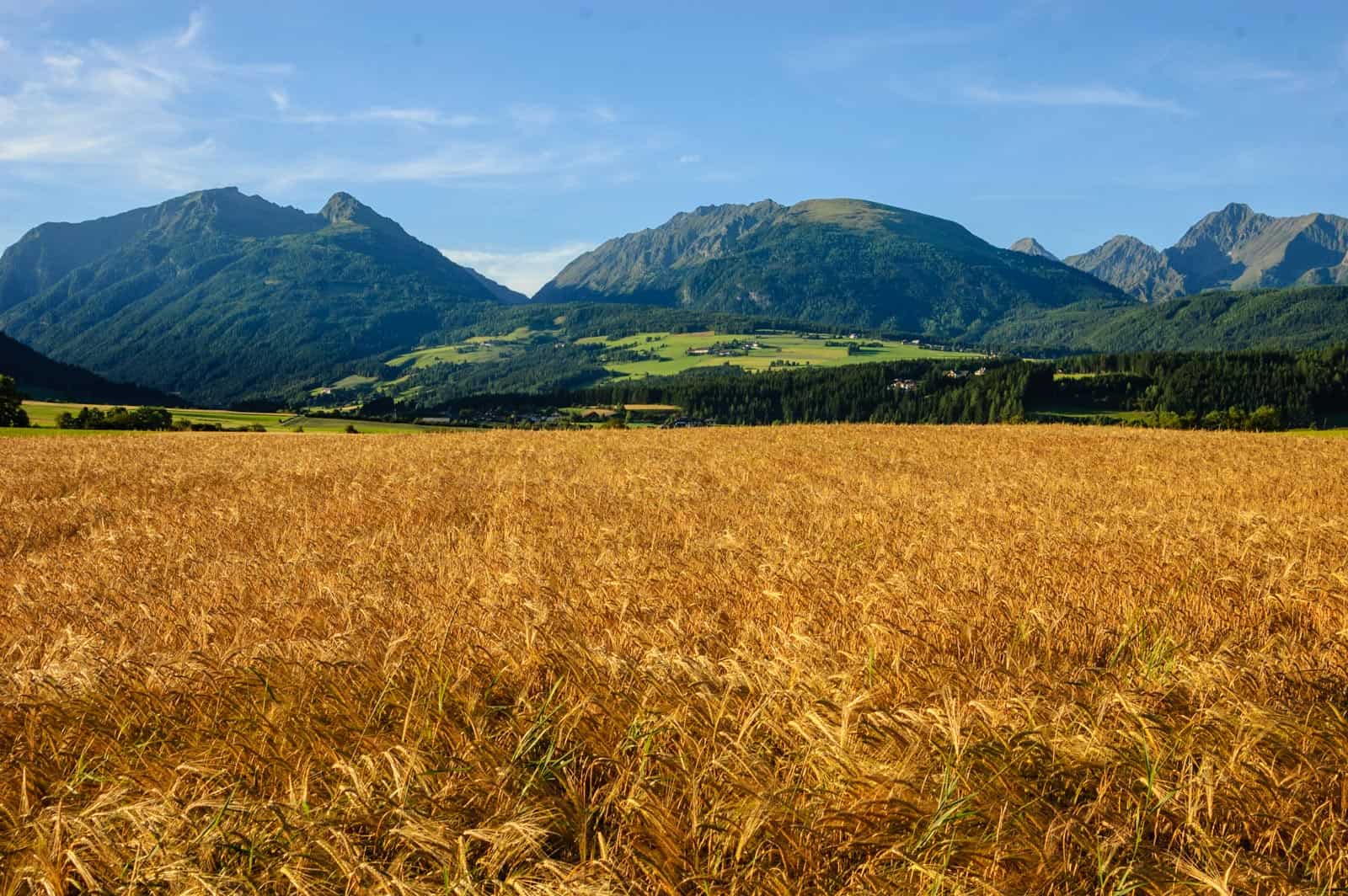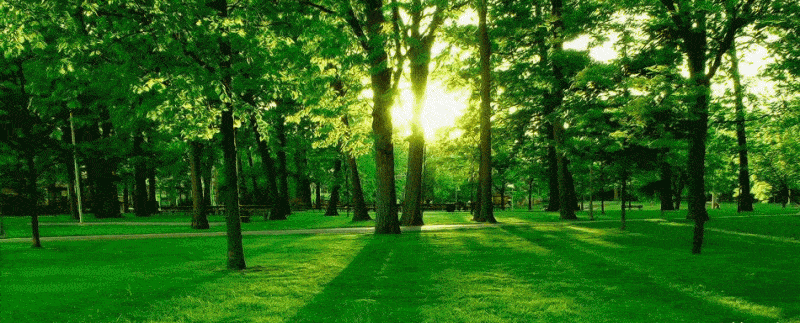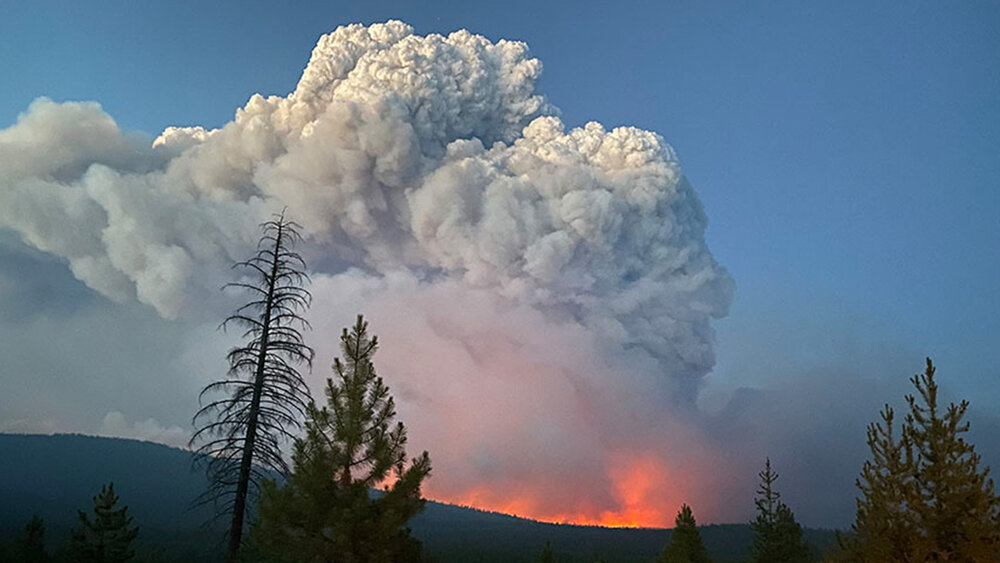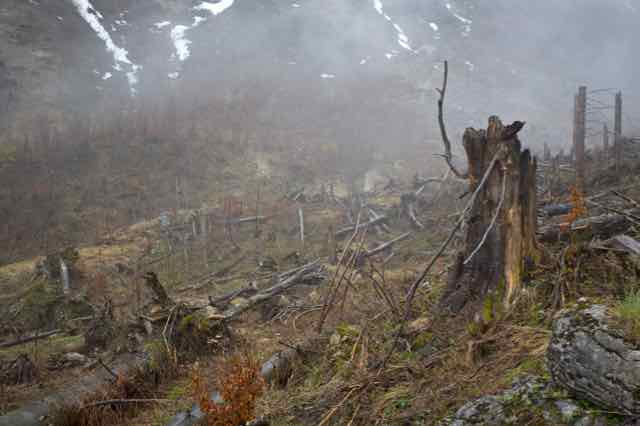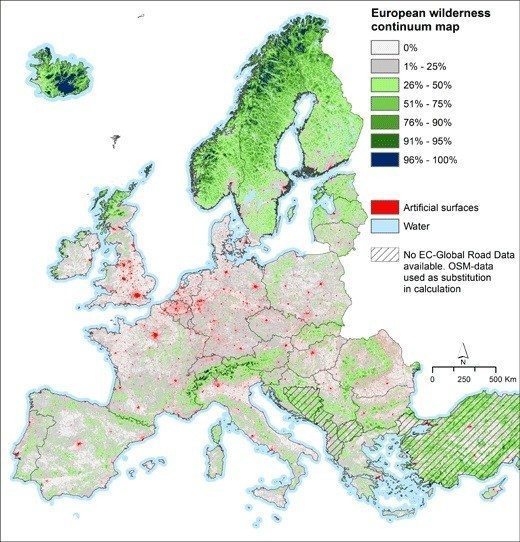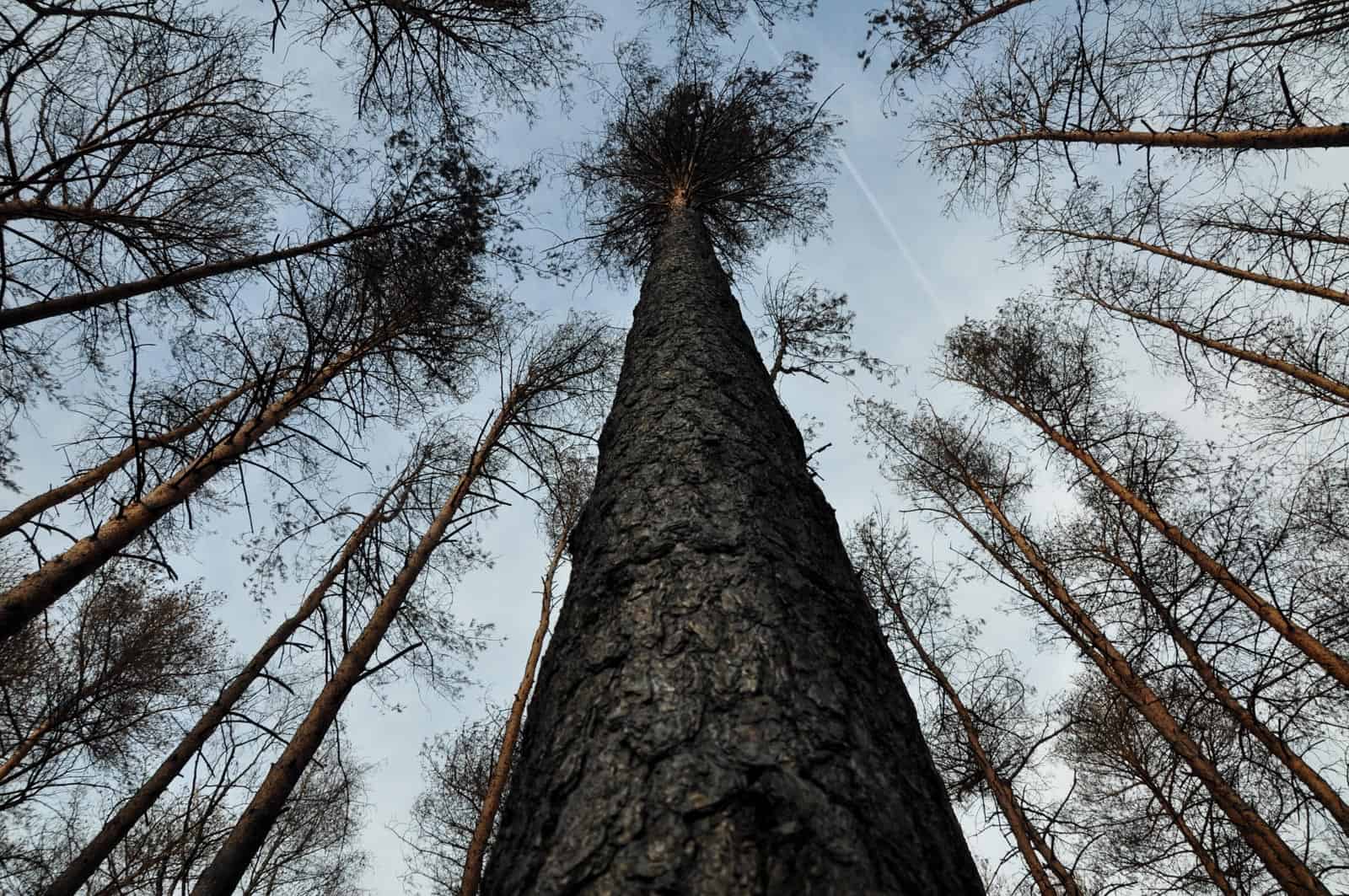How grassland restoration helps birds
Grasslands are biodiverse landscapes which have unfortunately declined in Europe due to intensification of agriculture. Farmland birds especially thrive in grassland ecosystems, so restoration is key to their survival. A paper published in Biological Conservation recently shows that grassland restoration benefits populations of these species.
The importance of grasslands
Long before humans started farming, many bird species evolved to live in open habitats such as grasslands. Since the arrival of agriculture, these species have adapted to the changing landscape by nesting in hedgerows and feeding on the many seeds and insects that the croplands provided. Today, open farmland is a highly important feeding and breeding habitat for several species of birds.
However, their populations are no longer thriving. 55% of bird species listed in Europe’s IUCN Red List are farmland birds. This is due to the loss of ideal semi-natural farmland habitats, largely due to agricultural intensification. This involves using toxic fertilisers and pesticides, which poison water, soil and insects and thereby harms biodiversity. The landscape is also simplified by this process, as important habitat components for birds such as hedges are removed to make way for bigger fields.
A solution to this habitat decline is the restoration of grassland ecosystems on former croplands. This helps to regain or improve the quality of habitat, which facilitates breeding and larger populations. However, studies on this sort of restoration have not yet been conducted in Europe, where farmland bird populations have declined by 32% since 1990.
Grassland restoration improves bird biodiversity
The aforementioned study involved sowing grass and alfalfa seeds, letting the grassland recover, and transferring hay to cropland sites in Hungary. Population surveys through point counts two years before and three years after these interventions showed that species richness of farmland birds increased in restored grasslands. The common quail (Coturnix coturnix) for example, which is declining in Europe, increased threefold. Farmland bird abundance increased by 35%, and species diversity by 40%. Scientists also found that extensive croplands, although not providing as many benefits to farmland birds as restored grasslands, had 4-5 more species than intensively farmed land.
The restoration of grassland ecosystems prompted these benefits as:
- Plant cover allowed constant availability of food, nesting sites and hiding places
- Absence of agricultural activities (ploughing, weeding etc.) prevented disturbance
- Sowing various seeds increased habitat and subsequently bird species diversity.
This research is significant for the conservation of farmland birds in Europe, and shows that restoration activities such as these can be implemented for the benefit of vulnerable species. Considering that ecosystem restoration is a key component of the EU Biodiversity Strategy for 2030, decision-makers should up the ante on restoring other species-rich habitats.

